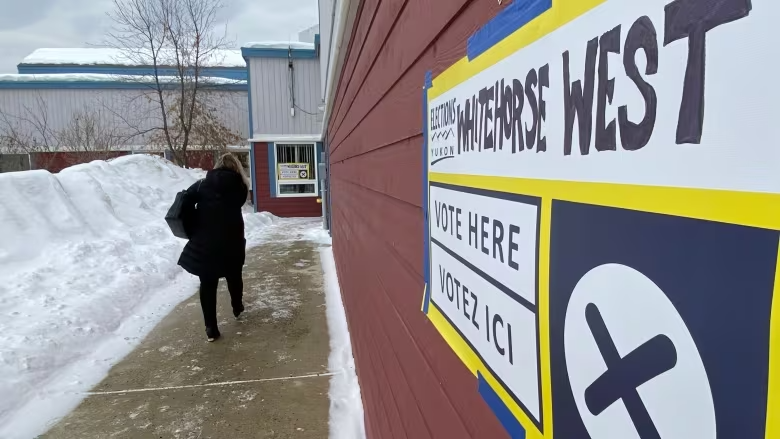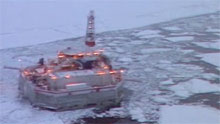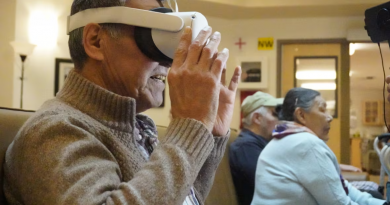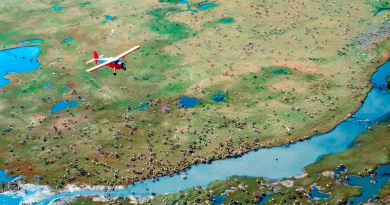After years of false starts on electoral boundaries, Yukon MLAs try again

Bill to establish new electoral boundaries commission could pass as early as this week
There’s still plenty of partisan mistrust, but the Yukon’s party leaders say they’re trying to make nice in order make long overdue changes to the territory’s electoral map.
MLAs voted unanimously Tuesday to move to third reading on a bill that would establish a new electoral boundaries commission by late January.
“Hopefully we’ll get a unanimous vote this week on third reading [as well],” said Premier Ranj Pillai. “And when we do, it’ll show that [the bill is] solid and everybody supports it and we’ll carry on with the commission.”
But the parties continue to squabble over process details. The Yukon Party and NDP are upset the government’s cabinet office is spearheading the bill, while the minority Liberals didn’t like the opposition’s decision to refer the bill to the all-party Members Services Board.
Ultimately, said Yukon Party Leader Currie Dixon, he agrees the need for new electoral districts outweighs his misgivings about the process.
“Fundamentally we still think there needs to be a boundary commission called… to look at the current ridings because some of them are just profoundly unfair.”
NDP Leader Kate White said the process should have been driven by the Members Services Board, not the cabinet office, which has had jurisdiction over electoral law since 2014, a change made by the previous Yukon Party government.
“Ultimately any perception of bias or any perception of unfairness is not what you want when you talk about elections legislation,” she said.
Same since 2008
The territory’s electoral map hasn’t been significantly redrawn since 2008. It’s supposed to be overhauled after every second election. But the process broke down in 2018 amid similar partisan bickering, and the Liberals took the almost-unheard of step of voting down their own bill.
It’s not too late for a similar train-wreck scenario to emerge. Any changes to the map would also have to be approved by the Legislative Assembly.
The current bill only establishes a commission comprised of representatives from the three major parties, plus a retired judge and the territory’s chief electoral officer. They’ll pore over past reports and consult with the public, before making their own recommendations for changes.
The difference this time around is that the number of voters in some ridings has grown far out of whack with neighbouring districts. Porter Creek South, for example, has fewer than half the voters of Porter Creek Centre which includes the fast-growing Whistle Bend subdivision.
Historical practice in Canada dictates that ridings should have roughly similar numbers of voters, with a maximum variance of 25 per cent. But it’s also accepted that some remote and unique ridings should be allowed. Vuntut Gwitchin, for example, has just over 200 voters, while the most populous riding, Porter Creek Centre, has nearly 2,500.
Related stories from around the North:
Canada: Nunavut MP Lori Idlout to run again for NDP in next federal election, CBC News
Norway: Norway’s FM Anniken Huitfeldt demoted in government reshuffle, The Independent Barents Observer
United States: Indigenous leaders divided over ANWR court ruling, Eye on the Arctic



